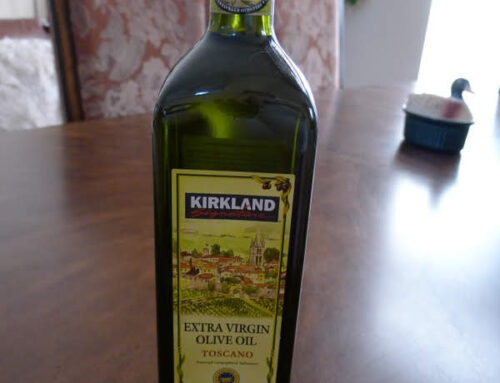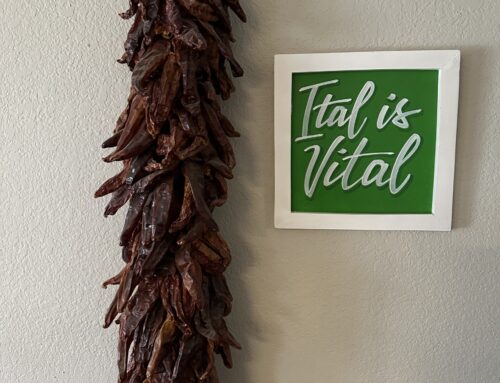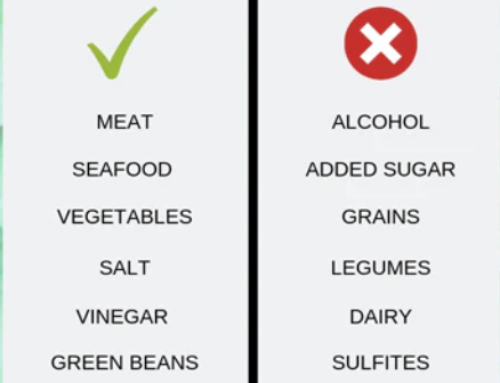Armagnac is produced in the Gascony region of France, further south towards the Spanish border, than its more famous and much more expensive cousin, cognac. Both Cognac and Armagnac are certified regions for making these brandies.
Armagnac is traditionally distilled once, which results initially in a less polished eau de vie than Cognac, where double distillation usually takes place. However, long aging in oak barrels softens the taste and causes the development of more complex flavours and a brown colour. Aging in the barrel results in some alcohol escaping, the part known as part des anges (“the angels’ share).
Armagnac is sold under classifications, “VS” is a mix of Armagnac grown brandies with at least two years of aging in wood, “VSOP” is at least five years, and “XO” is at least six. Hors d’âge means the youngest component in the blend is at least ten years old. Older and better Armagnacs are often sold as vintages, with the single year of vintage demarked on the bottle.
Brandies keep for years, even after opened, so treat yourself to some Armagnac. An inexpensive one we like is Marquis de Sauval Armagnac, around $30 a bottle at the time of writing.
Because of the single distillation versus the double of Cognac (some 150 miles to the north), some French refer to the “taste of the earth” that they experience with Armagnac, while others simply call it “dancing fire followed by velvet flame.” Vintage is not as important as the blending. Cost (and quality) is usually dependant upon origin (or terroir), the grapes, the distillation process, the length of time spent in oak casks, and the brilliance of the blending process. If you find a good one, which is easy to do in the Gascony countryside (as this is something like our bathtub moonshines, nearly every grape farmer makes one or contributes to a local one), it has an earthy tast and a drier finish, often more forceful than Cognac, but also more complicated and exciting. The French sometimes compare Cognac to the delicate maiden and the Armagnac to the tempestuous women you don’t bring home to mother but which excites your blood. It is perfect for kicking up your recipes a notch, from cassoulets to pâté.





